Menu
Arangetram is a beautiful function which is organized when a student of any classical dance form performs on stage for the very first time. This is first on-stage performance after the years of hate training. Teachers usually decides on an Arangetram for their students when they are fully trained. So, in a way, it is a big day for a classical dancer. The word Arangetram has been coined from the Tamil language and its exact meaning is -ascending the stage by dancer after the completion of formal teaming. It is a sort of graduation ceremony of Indian classical dancers and after this ceremony they can move forward in their dancing career. This ceremony is a milestone in the life of a dancer. It is very prestigious ceremony. This celebration has been broadly divided into nine parts. The nine parts of Arangetram celebration are Pushpanjali, This is the beginning act of the Arangetram where dancers now in front of God, guru, and audience. It includes pure dance steps which are performed according to the real, or beats.

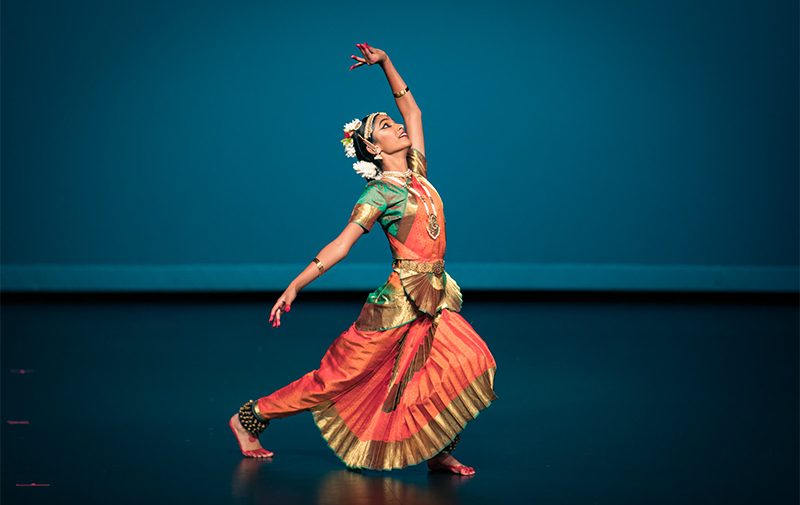
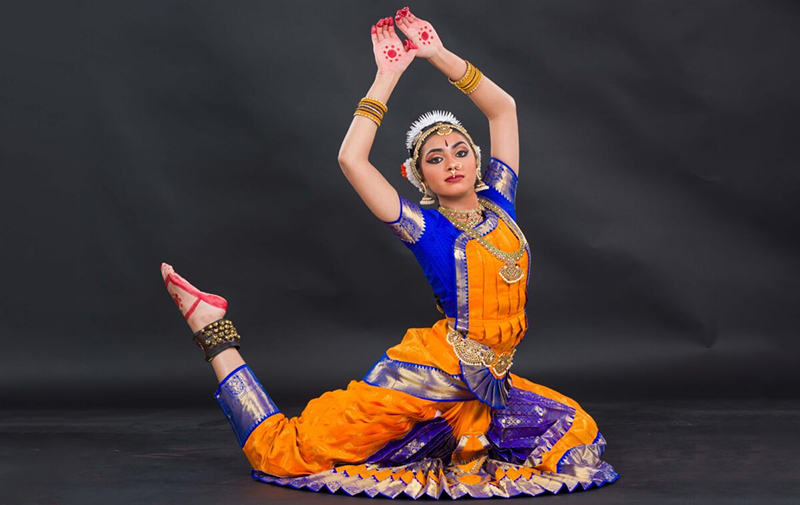

This is the next phase of the Arangetram and is the most thrilling part as well. In this phase, the dancer performs numerous enchanting and complex postures and muktayas. This performance is paired with the beautiful melody of raga which will hypnotize you.
This part of the Arangetram is comprised of both Nritta and Abhinaya. In this phase, you will see some fluid dance movements amalgamated with some sharp acting skills. Generally, the theme of the lyrics revolves around the devotional scenes from Lord Krishna’s life such as naughty scenes from Krishna’s childhood, romantic Krishna’s Rasalila act or any famous sequence from numerous devotional stories of Lord Krishna.

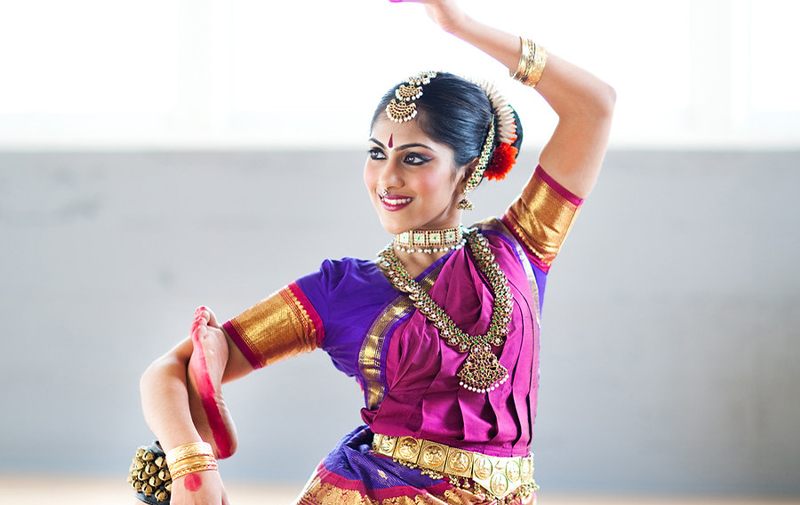
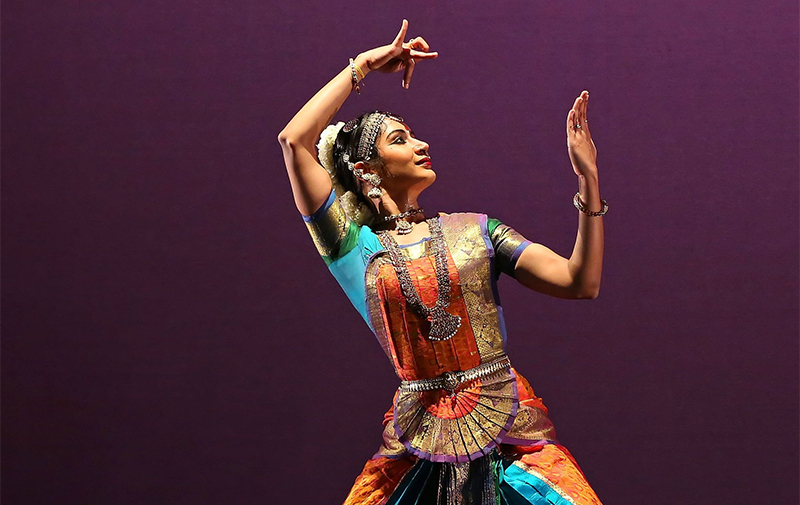

Numerous complex dance steps and expressions are compromised in this part of Arangetram. The theme of Varnam is mainly kept devotional, but it’s not compulsory as Shrungara Rasa can also be kept as the theme of this part.
In this section, Padam act is like a movie where different characters are present, a hero as a lover or divine lord and the heroin as one yearning and vulnerable soul. In Padam, different scenes, like the heroin telling about her love affair to her friends, hero betraying the heroin, hero chasing for the heroin’s forgiveness, etc., and other different kind of skits are performed by dancers.

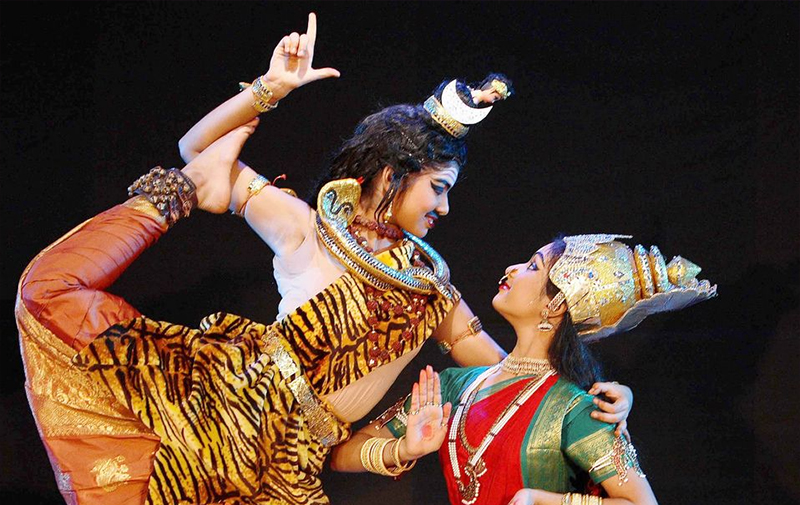


This is very romantic and soulful creation of poet Jayadeva Sanskrit called Geetagovinda. They are highly romantic compositions which describe the pure love bond between Lid Krishna and his childhood friend Radha.
This term refers to devotional lyrics composed in the praise of God. This act is a compiled composition of great mystic Bharatanatyam compositions like Purandaradasa, Vyasaraja, etc.

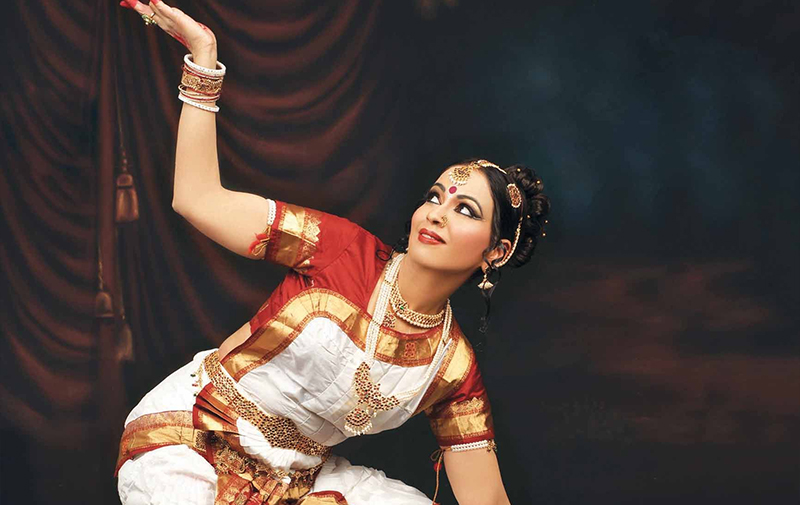
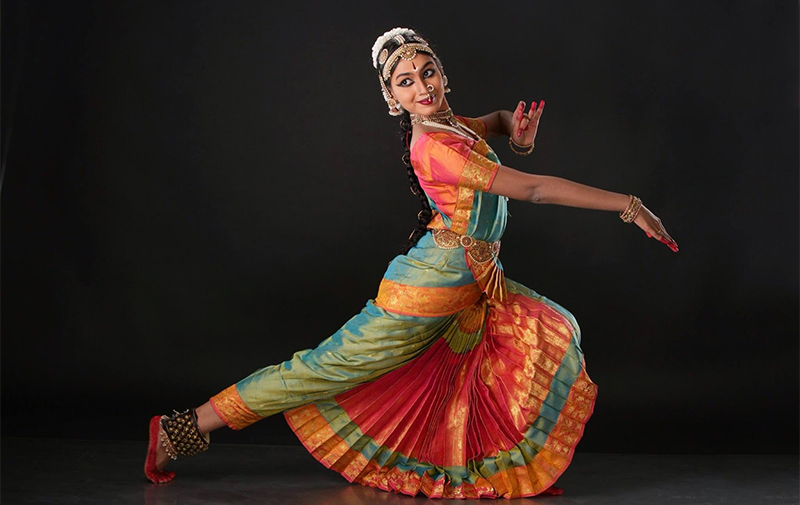

This is the last part of the Bharatanatyam performance. This part is composed of various complicated movements and postures. It is sort of the last glimpse of the full performance where different muktayas are compiled in the ending of the performance. It is a dance piece in which numerous charanas, Abhinaya, and meaningful lyrics are compressed.
This the end phase of the Arangetram ceremony, which dancers again acknowledge their audience and pay respect to God and guru. This dance presented by the Arangetram dancers is a way of expressing gratitude.

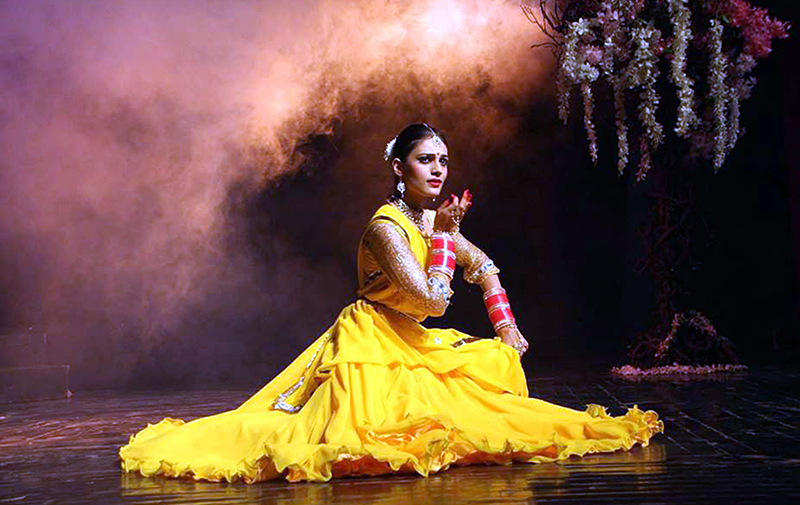
Subscribe to our MailChimp newsletter and stay up to date with all events coming straight in your mailbox:
* Personal data will be encrypted
We ship to all states and around the nation.
